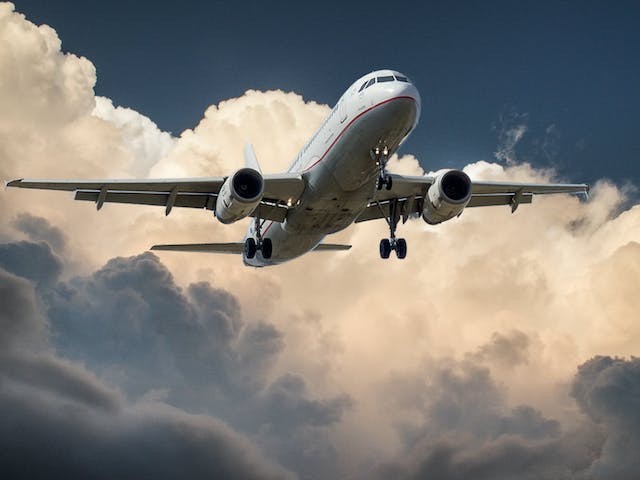
Alaska Airlines Flight 1282 Passengers Would Have Perished If Door Came Off at 40,000-Feet Altitude, Physicist Says
The passengers of the Alaska Airlines Flight 1282 would not have made it alive if the accident -- the exit door blew open -- had happened when they were at an altitude of 4,000 feet. Fortunately, it happened when the flight was at 16,000 feet.
Physicist on Alaska Airlines Flight 1282 Accident
No one was killed when the unused exit door of the Alaska Airlines Flight 1282 suddenly blew open mid-flight. However, some passengers lost their clothes after the pressure sucked them off.
Things would have turned differently if the incident had happened when they were at a higher altitude.
Physics professor Arun Bansil at Northeastern University said that at 40,000 feet, depressurization of the cabin would have resulted in the loss of consciousness for all 177 passengers in less than ten seconds. And death would come soon after.
Rather, calamity was avoided since the plane was still rising at an altitude of about 16,000 feet just six minutes into its voyage. The air pressure decreases with height, as explained by Bansil.
When we are on a mountain, we experience altitude sickness because of low air pressure, which causes the surrounding air to be less dense and contain less oxygen. Keeping the cabin pressure higher on an aircraft is critical to allow passengers to breathe normally and avoid fainting.
Because the pressure within the pressurized cabin is maintained constant, there is a risk that the pressure differential between the outside and interior of the cabin will grow with altitude.
"If a chunk of the fuselage blows off, the higher-pressure air in the cabin gushes out - like when a filled balloon is punctured - resulting in a depressurization emergency," Bansal said.
"When the cabin depressurizes, the air pressure and, with it, the oxygen pressure in the cabin drops, which makes it harder for the lungs to supply adequate amounts of oxygen to the blood. This leads to dizziness and deterioration of cognitive abilities, and eventually to unconsciousness and death."
On the other hand, without oxygen masks, the passengers would lose their capacity to function after 30 minutes at an altitude of 16,000 feet due to a shortage of oxygen. He stated, "the physiological effects of rapid depressurization at 40,000 feet are far more severe."
Parents Encouraged to Buy Seats For Infants
The majority of juvenile aviation casualties are caused by unexpected turbulence, but the Alaska Airlines incident brought up new concerns about unsecured youngsters at the vanguard of aviation safety. It's highly recommended that parents buy their kids their seats.
There were three infants on the Alaska Airlines flight, but none were seated along the aisle where the door broke.
The National Transportation Safety Board (NTSB) and the Federal Aviation Administration (FAA) claim that if a newborn had been on their parent's lap near the window when it blew out, the infant would have been swept out of the plane.
Kwasi Adjekum, an assistant professor at the University of North Dakota's aviation department, claims that if a passenger had been holding a child close to the spot where the panel flew off, the infant would have been pulled from its parents' hands and sucked out of the aircraft. Practicing holding toddlers on your lap is highly discouraged, especially during takeoffs and other crucial flying segments.
"The safest place for a child under age two is an approved child-restraint system or device, not an adult's lap," the FAA added.
RELATED ARTICLE: Nanocapsules for a More Effective Chemodynamic Therapy Developed for One-Step Cancer-Fighting Approach
Check out more news and information on Medicine & Health in Science Times.



![Earth's Quasi-Moon Kamo‘oalewa Could Originate From Lunar Surface Not Asteroid Belt [Study]](https://1721181113.rsc.cdn77.org/data/thumbs/full/53275/89/56/50/40/earths-quasi-moon-kamo-oalewa-could-originate-from-lunar-surface-not-asteroid-belt-study.png)










